Let’s focus today on some of the most formidable soldiers encountered by the Allies (and mostly the Americans) in Normandy: the Grüne Teufel (Green Devils) from 3. Fallschirmjäger-Division.
FORMATION & TRAINING
The 3. Fallschirmjäger-Division was raised in Reims (Eastern France) on November 5th, 1943. The 3rd Battalion from the elite 1. Fallschirmjäger-Division and instructors from the original 6. Fallschirmjäger-Regiment provided a strong cadre, while the ranks & files were all volunteers from German airborne training schools and Luftwaffe personnel.
The division was given an unusual commander: Generalmajor Richard Schimpf. Although he had commanded a Luftwaffe Felddivision on the Eastern Front, the bulky staff officer with an engineering background didn’t immediately stand as the stereotypical paratrooper leader like Student or Meindl. Yet, under his leadership, 3. Fallschirmjäger-Division turned into a formidable outfit.
On February, the division was moved West, to Britanny, to complete its training. There, it came under command of II. Fallschirmkorps, led by the legendary general Eugen “Papa” Meindl, the oldest paratrooper. Unlike most Fallschirmjäger units which, since the bloodletting in Crete in 1941, were only used as elite infantry and had a limited number of men with an actual jump training, 3. Fallschirmjäger-Division had a 90% rate of qualified paratroopers among its ranks.
3. Fallschirmjäger-Division was lavishly equipped with automatic weapons, from machine guns to SMG, and even some of the limited FG 42 automatic rifle. The firepower of a Fallschirmjäger squad was unmatched in Normandy, even by their fellow Panzergrenadier.
Regarding heavier equipment, though, the division got the short end of the stick … Although theoretically fully motorized, it had only 40% of its authorized vehicles, and they came from so many origins and countries that keeping them running was a daily nightmare. Its artillery was made up of light 105mm mountain howitzers, although it hadn’t received all of them by D-Day. Therefore, it placed a greater reliance on great numbers of mortars, including heavy 120mm ones, and could also count on some of its special airborne equipment: the Leichtgeschütz 40 (75mm) & Leichtgeschütz 42 (105mm). Both light recoilless guns, the first of their kind to be used in combat.
DYING FOR SAINT-LÔ
On D-Day, II. Fallschirmkorps was ordered to Normandy, first to eliminate the American airborne beachhead, then to defend Saint-Lô. Although the first elements were in action as soon as June 10th, it took up to June 22nd to move the entire division, bits by bits due to the shortage of transports.
Given the mission to prevent Saint-Lô from falling into American hands, the very aptly named Grüne Teufel (generic nickname for all German paratroopers) turned the surrounding bocage into what would later be known by their enemies as “hedgerow hell”. Making a fortress out of each enclosed field, moving through tunnels, the German paratroopers held their positions for over a month. Every American attempt to get rid of the Fallschirmjäger were met with dreadful casualties and, quite often, a counter-attack of their own.
COBRA
But on July 18th, the German front is broken, and the Americans finally entered what remained of Saint-Lô, now dubbed “the capital of ruins”. The remnants of 3. FJD are pulled back the next day East of the city, to prevent them from breaking out.
One week later, on July 25th, the Americans initiated Operation Cobra, the great breakthrough out of bocage country. After a devastating carpet bombing, they dislocated the German front. Although 3. FJD was left untouched by the bombardment and the main American offensive, the collapse of some of its neighbors brought the threat of encirclement. Gen. Meindl committed his last reserves to restore the frontline, and 3. FJD was thus able to retain most of its positions.
For three days, 3. FJD once again stood its ground against everything the Americans threw at them. But on August 1st, the retreat began, skillfully conducted with local counter-attacks to keep the Americans off their feet, even forcing them to fall back. Soon, they stood at the junction between American & British forces, acting as a rearguard to keep both at bay. But the division, although reinforced by amalgamating remnants of other destroyed divisions or Luftwaffe personnel, was decimated.THE FALAISE POCKET
Over the next two weeks, the retreat of two German armies became a rout, discipline and cohesion collapsing while units got separated, shelled night and days, officers killed, … On August 19th, 1944, with the capture of Chambois by the 1st (Polish) Armoured Division & 90th (US) Infantry Division, all that remains of the German 7. Armee & 5. Panzer-Armee were effectively trapped in the Falaise pocket.
The decision was made to attempt a breakout, with help from the II. SS-Panzerkorps striking from outside the pocket to open a corridor for their comrades trapped inside. Inside the pocket, the units still operational were to launch an all-out assault to break free: out of all the units trapped in, 3. FJD & 12. SS-Panzer stood out as the most reliable and organized units. Despite their previous losses, they led the assault, during which general Schimpf was soon seriously wounded, forcing old general Meindl to step up as mere battlegroup commander and lead his paratroopers forward himself. As for Schimpf, his men refused to leave him behind, and he was carried away during the whole breakout.
AFTER NORMANDY
3. FJD was destroyed in Normandy and the subsequent retreat to the Rhine. Although this dramatic assessment is often used undiscerningly to describe most German units returning from Normandy, for this division it is no stylistic device: 3. FJD lost more men in Normandy than it had on paper when it went in! Thanks to replacements being sent or amalgamated units, it was kept on the line for almost the entirety of the Normandy campaign, but at the cost of its annihilation.
Reformed almost from scratch around Arnhem in September 1944, a battlegroup from the division happened to take part in the combat for that city during Operation Market Garden. It was later engaged in the Hürtgen Forrest’ meat-grinder, where general Schimpf, having recovered, resumed command of the division. 3. FJD surrendered in April 1945 in the Ruhr.
THE 3. FALLSCHIRMJÄGER-DIVISION INGAME
As with most light infantry divisions ingame, 3. FJD is at its best in Phase A, relying mainly on a large number of elite paratroopers and aggressive recon units equipped with the best infantry weapons. Although their firepower is unmatched, they can only rely on very light support, yet usually tailored-made for them. Those weapons are packing a lot of punch for their small size, but with a very limited range as a drawback, such as the Leichtgeschützen recoilless rifles, high-velocity (le.PaK 41 Gerlich) or rocket-propelled (Puppchen) light anti-tank guns.
Fallschirmjägers are the deadliest opponents one can face in close combat but will be much less effective on an open terrain. There, only the massive support of the Luftwaffe will help them progress.
3. FJD may count on a few attached units from II. Fallschirmkorps or Luftwaffe personnel to beef up its strength, especially from Phase B:
- Fallschirm-Aufklärungs-Abt. 12 has brought back from Italy a handful of local vehicles, such as Panzer L6(i) light tanks & SPW AB 41(i) recon armored cars.
- Fallschirm-StuG-Brigade 12 (you read well: airborne StuG! Don’t ask, its a German thing 😉 ) will provide armored support from Phase B with its StuG III & StuH 42.
- II. FlaK-Korps and other Luftwaffe field units will provide some mobile and heavy FlaK (FlaK 41) guns in addition to the Fallschirmjäger’s own light ones, as well as some Phase B’s cheap & numerous infantry in the form of disheartened Luftwaffe-Jäger.
Of course, the Luftwaffe will also provide massive support, with air recon, veteran fighters & fighter-bombers, as well as heavier planes, especially in Phase C, such as the Ju 88 S light bomber & Hs 129 B1 Panzerknacker.
Note: Just like their American & British counterparts ingame, Fallschirmjäger (identified by wings on their unit cards) are unaffected by being on the wrong side of the frontline.

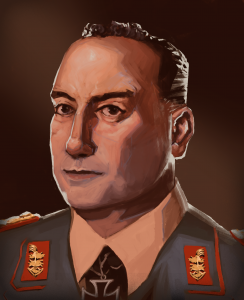
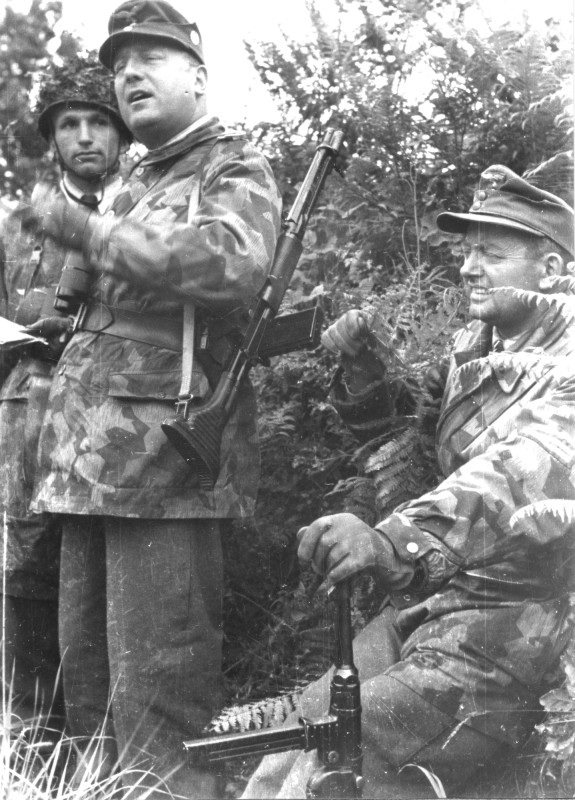
![Bocage_country_at_Cotentin_Peninsula[1]](https://eugensystems.com/wp-content/uploads/2017/04/Bocage_country_at_Cotentin_Peninsula1-1024x745.jpg)
![cobra25270744[1]](https://eugensystems.com/wp-content/uploads/2017/04/cobra252707441-1024x666.jpg)
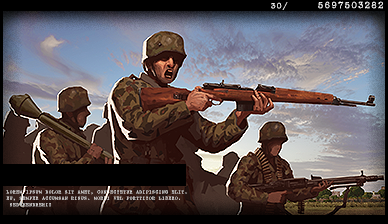
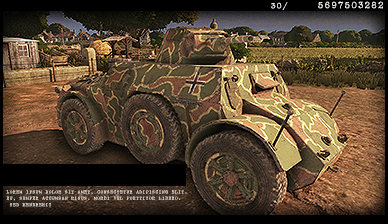
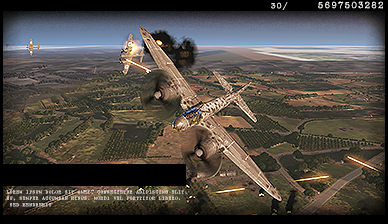
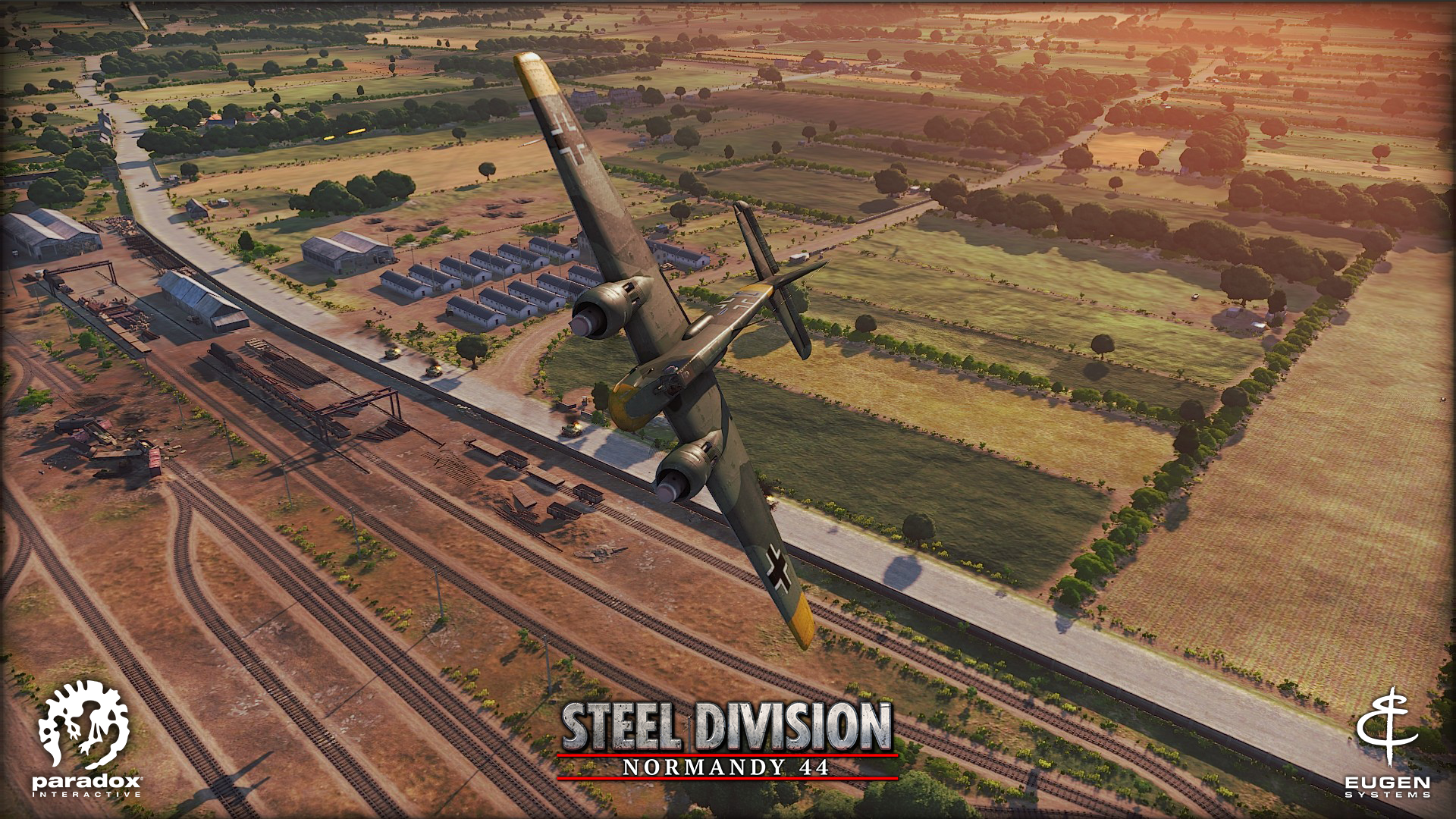
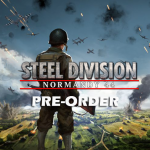
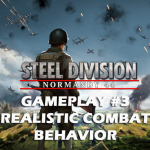
Corb
April 8, 2017 at 8:14 amI love seeing these posts of what is to come, and eagerly anticipate the full release of the game!
Niels van de Wetering
April 12, 2017 at 4:31 pmMe too! I love the game already. I thinks its way better than wargame, because i feel like i have much more control. I know i havent but its because the frontline system an smaller maps i think